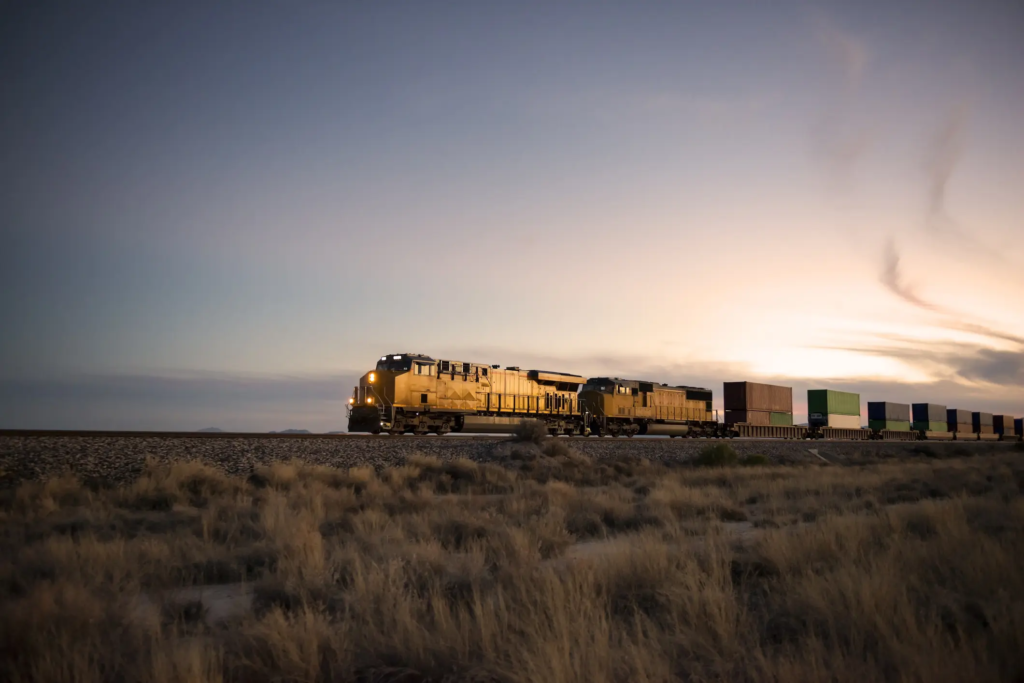
Rail freight from China is becoming more and more popular as the model for transporting products to Europe improves. Due to the ongoing development of rail infrastructure in accordance with the New Silk Road project, rail transport between Eurasian countries has become faster than maritime transit while being far less expensive than air transport. This makes the rail freight particularly attractive as an intermediary supply chain option in trade between Asia and Europe.
Based on recent experience and by optimising cooperation with the best Asian operators, DIERA has significantly reduced the time of intermodal transport and LCL on the Chinese route, and our intermodal containers arrive in Małaszewicze, Warsaw and Łódź on average between 12 and 18 days. In other words, an intermodal container arrives in our country almost a month earlier than if set off for Europe by sea transport at the same time.
Depending on our customers’ needs and INCOTERMS, we provide regular and direct transport of goods as well as a vast network of links, including: Changsha, Chengdu, Chongqing, Hefei, Suzhou, Yiwu, Wuhan, Zhengzhou, and numerous other Asian destinations.
In addition to the outstanding Eurasian network, inter-modal transport links in Europe are becoming increasingly popular among our clients as they allow our them to combine diverse means of transport in an efficient way. The diversity of solutions is so extensive that we'd like to give you just one example of such links:
- The rail-sea link is an effective way to carry goods from seaports to rail terminal via container train.
- Rail-road link – involves rail transport to a container terminal and then further transport by road to the final destination.
- Road-sea link - this is a solution that allows cargo to be transported by road to a seaport and then onward by ship to another port or country
- Air-rail link is a combination of air and rail transport that allows commodities to be carried quickly and efficiently across long distances.
Intermodal transport is more adaptable to market or logistical changes since it employs many modes of transportation. Notably, the use of intermodal transportation also contributes to the reduction of greenhouse gas emissions by limiting the number of vehicles engaged in transport of goods.
The future of intermodal transport is promising due to increased need for efficient, fast, and sustainable freight delivery options. Green technology, such as electric vehicles and sustainable fuels, will boost development of intermodal transportation while also reducing greenhouse gas emissions.
As a result, intermodal transport is expected to play an increasingly important role in the global supply chain, promoting efficiency and sustainability, and contributing to reduction of negative environmental impact.
DIERA is already prepared for the changes taking place and our customers benefit from customized solutions, based on our many years of experience and global network of business partners.
Visit our intermodal department to get a quote tailored to your needs. Our staff is ready to help you choose the most cost-effective and time-saving option through intermodal transport.
